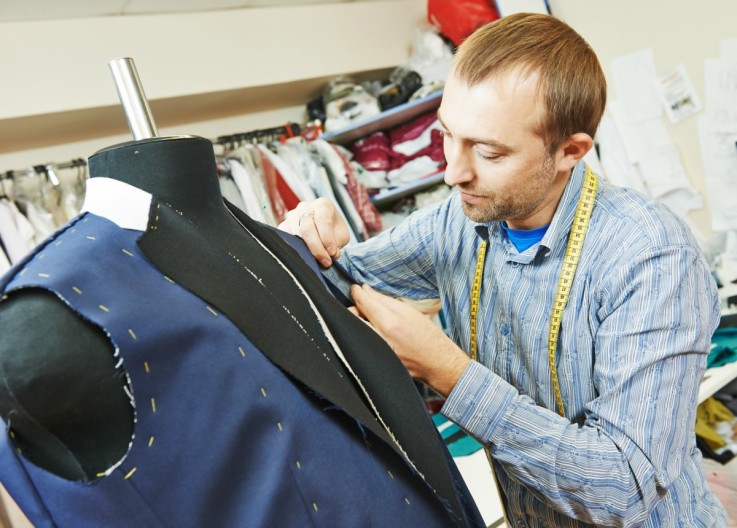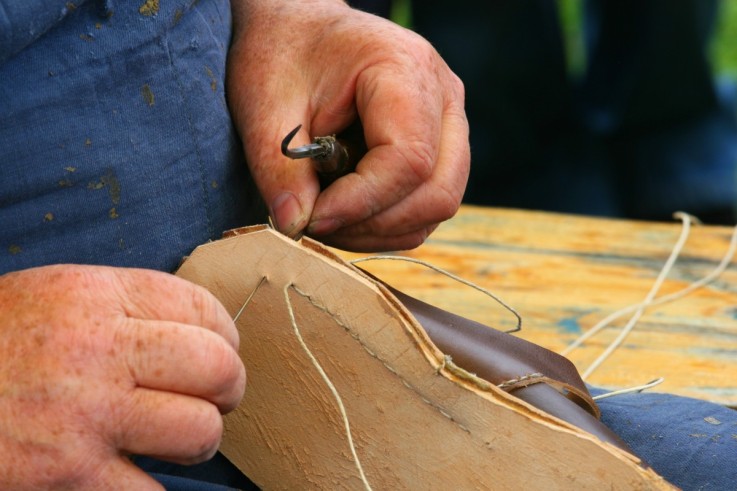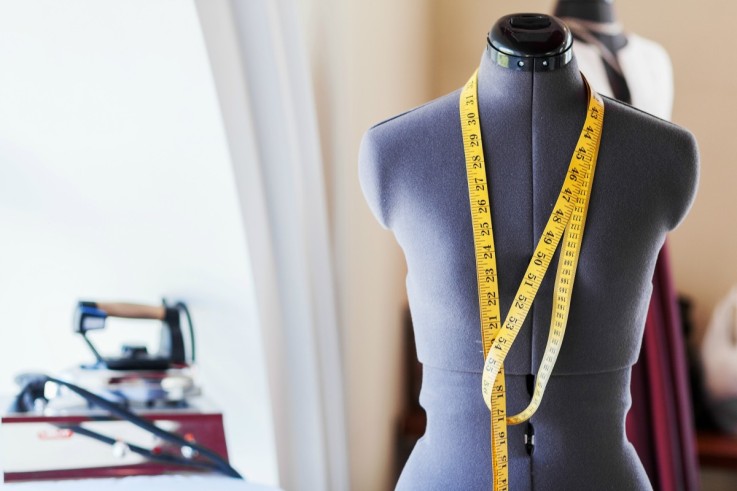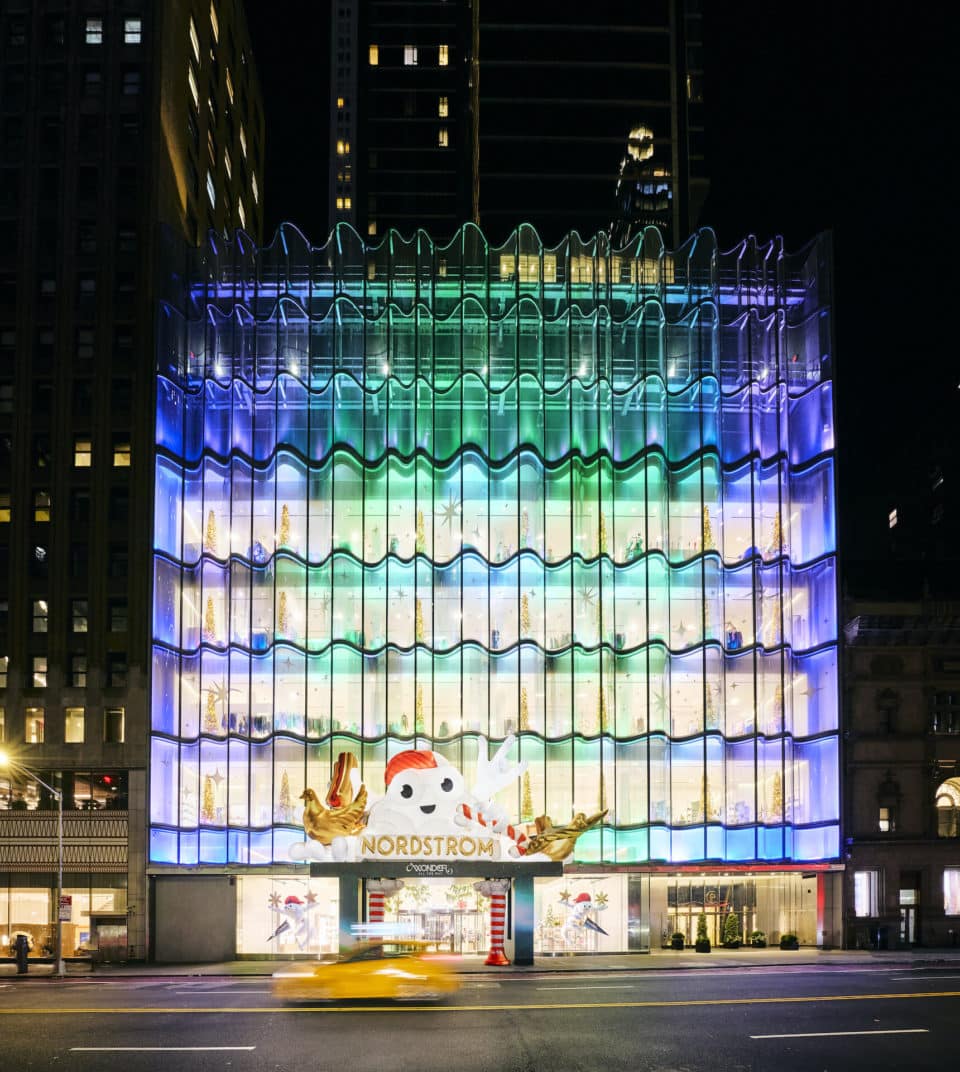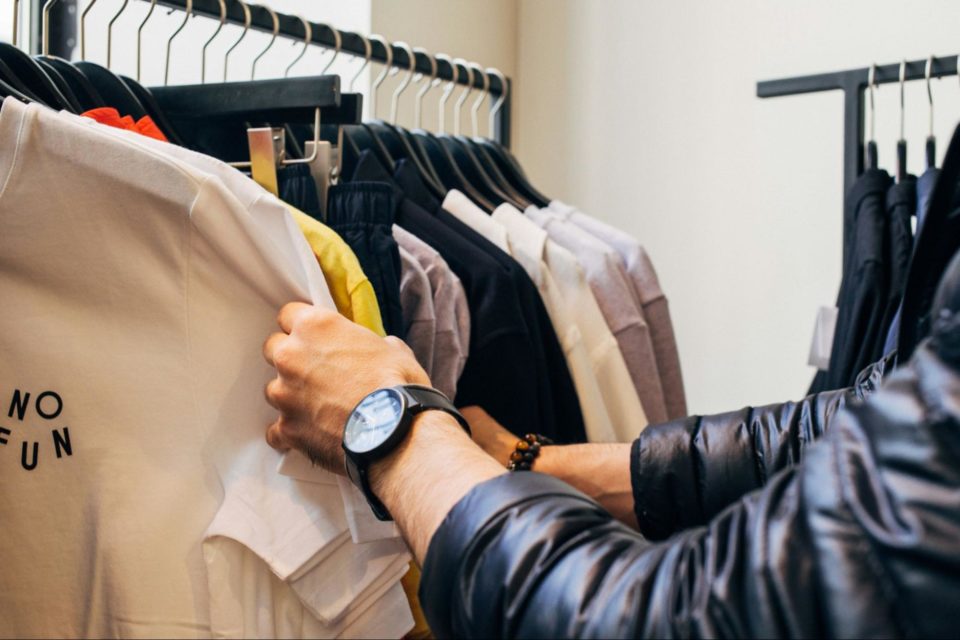5 inspirational ways Google’s Project Jacquard could change retail
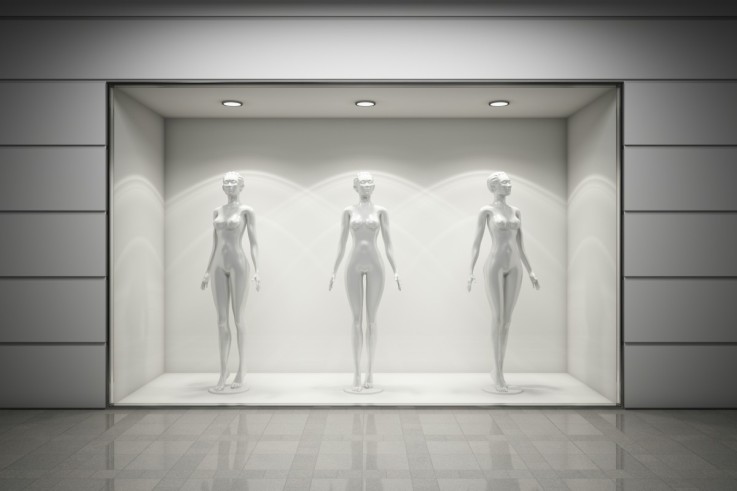
When it was launched last year Google’s Project Jacquard promised a new type of wearable. Special conductive yarns mean touch and gesture interactivity can be woven into any textile. This transforms everything from clothes to furniture into potentially interactive surfaces. And it can all be done using standard industrial looms and manufacturing processes.
The interactivity can be targeted into particular areas, or woven throughout the entire material to create larger interactive surfaces. The components that connect with the conductive yarn are no larger than a button, but can interpret touch and gestures. This data is wirelessly sent to devices to trigger a range of different features and functions. The wearer receives feedback from LEDs, haptics and other outputs.
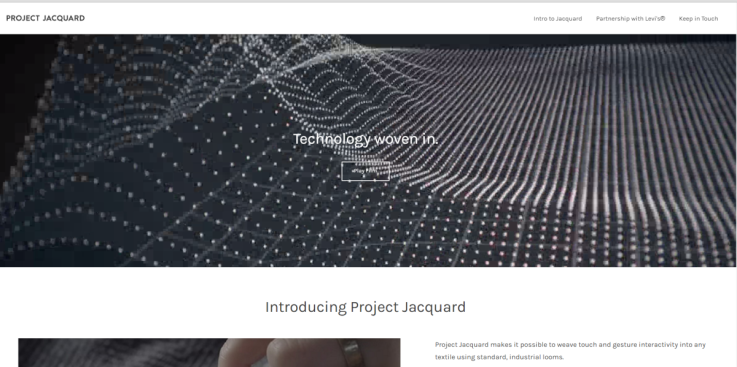
For the Project’s first real use case Google has partnered with denim giant Levi’s. The two recently revealed the Levi’s Commuter x Jacquard. This denim trucker jacket has a touch interactive patch on its cuff that lets wearers control various functions on their smartphone. The jacket is targeted at cyclists who may not be able to safely access their phones on the move.
What could this mean for retail?
Essentially Project Jacquard connects wearers to services, apps and features without the need to directly interact with their mobile phone. Aside from the sale of Project Jacquard clothing though, what else could this technology do for retail?
1. Lifetime relationships
It’s not difficult to imagine Project Jacquard facilitating better services in the fitness sector. Why would customers need a separate step counter when they can have one built directly into their trainers? For major brands this would let their shoes directly link up with their accompanying apps to track customer progress and routes.
Could Project Jacquard go further though? Could it detect the pressure from the customer’s foot and suggest the most supportive pair of shoes for them? Could it tell them when those shoes are starting to wear down and need replacing? It could offer a new way for brands to build deeper relationships with customers over the lifetime of their products.
These examples aren’t about selling per se, but they are linked to that process. Imagine if a customer could buy a yoga programme and then have an accompanying mat feedback results on their position based on where they touch it? That’s a significant chain of sales that also brings the customers into a complete brand experience. Not only are they likely to be spending more, but they may also feel more of a connection to that brand. And the customer is willing to buy into that experience because of the value they receive from the built in capability. Such as improving their posture or workout results.
2. Queuing
In an extension of Starbucks’ app, could Project Jacquard enabled clothing change the way people queue? Customers could place an order through a retailer’s app and then get a notification via LEDs or haptics in their clothing to say when it’s ready to collect. Or stores could send notifications about click and collect orders as customers walk past.
Could there be a point in the future where customers use this clothing to be notified when there’s no-one in line at the checkout, so they can get served immediately? During busy periods, such as Christmas, could stores let customers know how long the wait time is and let them ‘reserve’ a space in line while you shop?
3. Offers
Plenty of companies are also experimenting with location based marketing and offers. Most of these systems use beacons or NFC type technologies to send notifications of offers to your smartphone as you pass by a store. What these systems rely on though, is customers checking their phone for said offers.
With Project Jacquard retailers could make customers more aware of these notifications by causing a tag on their sleeve to light up or buzz when an offer has been received to their phone. They could then choose to dismiss the notification or hear the details if wearing headphones. It also gives customers a push to check their phone for more information.
4. Smart home
Other than clothing, the home is a key place where fabrics often dominate design. And all of these items of furnishing could become interactive. Could a sofa know how long someone has been sat on it and tell them to get some exercise? What about tapping the armrest to change the TV channel? Could a customer buy a yoga programme and then have an accompanying mat feedback results on their position based on where they touch it?
Domino’s have made a one-tap app for ordering pizza. But that functionality could be built directly into the sofa for ordering without reaching for a smartphone. Imagine a reusable shopping bag that could place a standard order with a simple gesture for customers to then collect. Or getting that same order delivered to the customer’s door via their kitchen tablecloth.
Then there’s the smart home devices themselves. Imagine combining that functionality with your clothing. A jumper that lets you up the thermostat when you put it on with a simple tap. A smart oven that buzzes your wrist to say that the timer has ended. A jumper that lets you up the thermostat when you put it on with a simple tap. Tired of missing deliveries? You could programme your Project Jacquard clothing to notify you when your smart doorbell or peephole detects a visitor. If you leave an appliance plugged into a smart socket could your clothing let you know before you leave the house?
5. Luxury tailoring
Project Jacquard technology could help bring together the human side of luxury tailoring and new innovations. Imagine a customer visiting their tailor and putting on a dummy jacket with Project Jacquard technology embedded inside. This jacket could be tracked by an accompanying digital mirror, which would overlay different materials, colours and styles. The customer could swipe on the jacket sleeve to cycle through to find the one they like best. The tailor could then take over to expertly construct the jacket according to their preferences.
If you can imagine it…
The beauty of Project Jacquard is that theoretically the enabled clothing can be paired with any service or app. As with services like IFTTT, users can programme and reconfigure their clothing to work with different apps and services in ways that are of most value to them. Which means the most exciting applications are probably yet to be imagined.
Check out how crowdsourcing is changing the retail industry.
Want to quickly and easily connect with the players kick-starting trends and inventing the future of retail? Find out how you can transform your team’s thinking using Insider Trends’ little black book here.
Related Articles
Below are other articles from our blog that cover similar topics:

